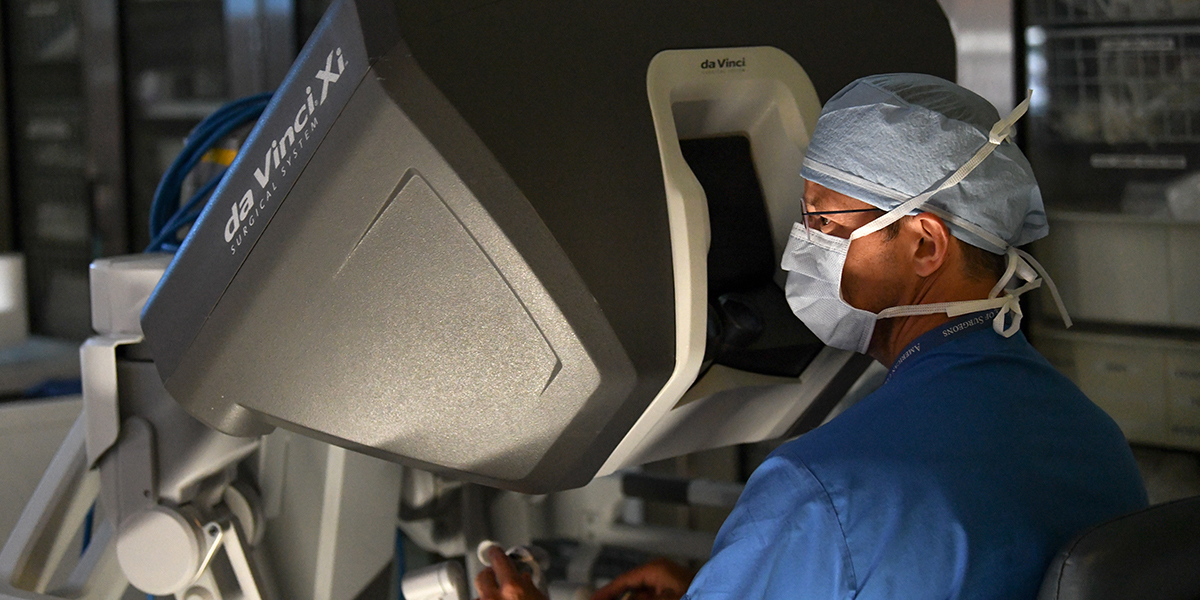Hackensack University Medical Center Shortens Hospital Length of Stay Following Thoracic Surgery
Data-driven cuts to nonessential diagnostics and monitoring protocols shorten average hospital stays by days

At Hackensack University Medical Center, discharge after wedge resection of the lung averages 0.75 days, not the typical 3 days. Many patients go home the same day. For discharge after lobectomy the mean is less than 2.5 days, median 1 day–not the national average 4 to 5 days.
“With robot-assisted lobectomies, it’s not mainstream–and most people don’t believe it’s possible–that we have a one-day discharge. They think it’s miscoding,” said Nabil Rizk, M.D., thoracic surgeon.
To achieve these efficiencies of care, the Hackensack University Medical Center Thoracic Surgery team has spent the last 5+ years focused on identifying and optimizing drivers of length of hospital stay. Their efforts to streamline the hospital stay focused primarily on technical aspects of procedures, testing protocols and pain management and involved a team-wide prioritization of this objective, engaging nurse practitioners, residents, nurse navigators and surgeons.
They found that most procedure-based issues stem from drain air leakage. The surgery team also focused on minimizing lung manipulation to minimize pain. With lung resection, surgeons evaluated the dissection fissure. They shortened the operating length of other procedures.
Their review also resulted in streamlined diagnostics and hospital resource use. Surgeons no longer use urinary catheters and employ fewer epidurals, for instance.
With wedge resection, they now perform just one X-ray, after removing the drain. They opt for follow-up X-rays a week after discharge only in response to symptoms such as shortness of breath. Even when malignancy is suspected, they chose to eliminate standard preoperative biopsies, because the potential for false negatives means the biopsy outcome won’t change their plan to pursue surgery.
Additionally, a revamped standard sequence of diagnostics eliminated the need for duplicate or repeat tests and imaging.
Strategic timing of nerve block and medication initiation helps the team better manage pain and minimize narcotics use. Successful management of pain as well as patient expectations is essential for early discharge. Pre-pandemic, confidence in a shorter stay and ability to manage recovery at home was lower.
Nurse advocates call 1 to 2 days post-release, to check on recovery progress, medication use and effectiveness, and proactively address constipation management. This phone check-in helps the team get ahead of potential outcome-influencing issues.
The approach has yielded low readmission rates. A shorter length of stay and quicker recovery also means that patients who need to follow up with an oncologist for additional cancer treatment can do so sooner and are better able to tolerate treatment.
Learn more about thoracic surgery and pulmonary care innovations at Hackensack University Medical Center.
If you are a patient looking for expert pulmonary medicine care at Hackensack Meridian Health, please visit our pulmonology services page to learn about our specialties, find locations, and schedule appointments.
